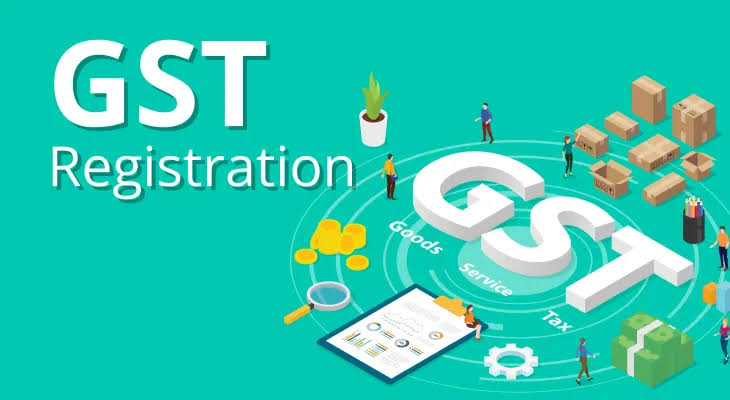Understanding GSTR-1A:
The Goods and Services
Tax (GST) system in India has revolutionized the way businesses handle indirect
taxation. One of the key forms that businesses must navigate is GSTR-1A. This
form plays a crucial role in ensuring the accuracy of sales data reported under
GST. Understanding GSTR-1A is essential for maintaining compliance and avoiding
potential discrepancies in your GST filings.
What is GSTR-1A? , Purpose of GSTR-1A & How Does GSTR-1A Work?
What
is GSTR-1A?
GSTR-1A is a correction
form that allows taxpayers to amend the sales data previously reported in
GSTR-1. It's a reconciliation statement where a taxpayer can review and modify
the details of outward supplies (sales) based on information provided by their
customers in GSTR-2A.
In simpler terms,
GSTR-1A helps suppliers verify and rectify any inconsistencies between their
sales data and the purchase information uploaded by their customers.
Purpose
of GSTR-1A :
The primary purpose of
GSTR-1A is to ensure that the data reported by both the supplier and the
recipient is accurate and consistent. This form acts as a bridge to correct any
errors that might have occurred during the initial reporting process, thereby
helping to maintain the integrity of the GST system.
Key purposes include:
- Correction of Errors: Suppliers can rectify mistakes in their original GSTR-1, such as incorrect invoice amounts, tax rates, or other details.
- Reconciliation: The form facilitates reconciliation between the sales reported by the supplier and the purchases reported by the recipient, ensuring that both parties are on the same page.
- Prevent Tax Liabilities: By rectifying discrepancies, businesses can avoid unnecessary tax liabilities or disputes arising from incorrect or mismatched data.
How
Does GSTR-1A Work?
The GSTR-1A process involves these steps:
- Auto-Population of Data: After the recipient files their GSTR-2, the data related to the supplier’s sales is auto-populated into the GSTR-1A form. This includes any modifications or additions made by the recipient in their purchase data.
- Review by Supplier: The supplier needs to review the auto-populated data in GSTR-1A. They can either accept, reject, or modify the changes suggested by the recipient.
- Modification or Rejection: If the supplier disagrees with the changes, they can either modify the data or reject the changes. Once this is done, the final GSTR-1A data is submitted, and the GSTR-1 return is updated accordingly.
- Final Submission: After the necessary changes have been made and confirmed, the updated GSTR-1 return is finalized, and the revised data becomes part of the official GST records.
Important Consideration & Key Takeaways:
Important Consideration :
- Timely Action: GSTR-1A must be reviewed and finalized before the due date for filing GSTR-3. Delays in handling GSTR-1A can result in discrepancies and potential penalties.
- Accurate Data Entry: Ensure that the data entered in GSTR-1 is accurate from the outset to minimize the need for corrections in GSTR-1A.
- Communication with Recipients: Regular communication with recipients is essential to ensure that both parties are aligned in terms of the data reported, reducing the likelihood of discrepancies.
- Impact on Input Tax Credit (ITC): Any discrepancies between GSTR-1 and GSTR-2A can impact the recipient's ability to claim Input Tax Credit (ITC), so so timely resolution is essential.
Conclusion
GSTR-1A is a vital tool
for maintaining GST compliance. By understanding and utilizing GSTR-1A
effectively, businesses can ensure accurate sales data, avoid penalties, and
streamline the GST process. Regular review and reconciliation of sales data
through GSTR-1A are crucial for maintaining a compliant business.
Key Takeaways:
- GSTR-1A allows suppliers to correct sales data discrepancies after comparing it with recipient data in GSTR-2A.
- Timely review and action are crucial to avoid penalties and ensure accurate GST filings.
- Clear communication with recipients helps reduce discrepancies and maintain compliance.
Stay proactive with
GSTR-1A to keep your GST records accurate and your business compliant!






